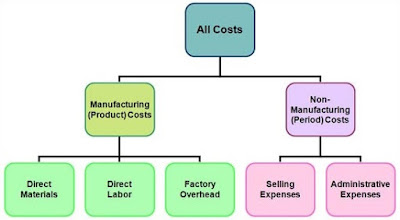Imagine a world in which we could predict crime; a world where police officers would be sent to an incident before it even happened. These predictions could be based on data trends in historic crimes, the day of the week or even the weather.
This is not as futuristic as it sounds. It is what is beginning to happen in police forces across the UK and further afield to stay ahead of criminals in these times of financial austerity.
In recent years there have been considerable budget cuts applied to the UK public sector, especially in the Blue Light emergency services. To tackle these reducing budgets and workforce's, police forces have been using technology to their advantage. By utilizing what they call ‘predictive crime mapping’ they are able to fight crime more efficiently.
Maintaining performance in the face of austerity
Ahead of this month’s publication of the government’s 2015 Spending Review, David Cameron has announced his ambition to cut £20bn of public spending over the next four years. One of the key points to achieve this is through enabling a “smarter state” within the Blue Light Sector. In an effort to counteract their reducing budgets, police forces are having to cut their workforce's. The total police workforce has decreased by 15% since 2010, including a fall of 11% of police officers on the streets. These falling numbers are likely to accelerate with the announcement of further cuts in the coming years.


Figure 1; Police Workforce in England and Wales. Numbers indexed at 100% in 2010.
However, over the same time period, crime has fallen by more than a quarter according to the Independent Crime Survey for England and Wales and public confidence in the police has been bolstered. So how are forces improving their crime fighting efficiency with reducing budgets and workforce's?
Predictive crime mapping
One method of improving efficiency is making sure officers are in the right place at the right time to quickly respond to incidents. Forces across the UK and further afield are beginning to turn to technology to help achieve this. This technology is called Predictive Crime Mapping and identifies high risk crime areas on a daily basis. This can enable forces to reduce crime and allocate resources more efficiently. The technique uses historic crime data to predict where crimes are most likely to occur in the future. This information can then be used to deploy officers to these areas, and increase their chances of catching suspects.
Los Angeles example
Across the pond, the Los Angeles Police Department have already been using predictive crime mapping to their advantage for a number of years. They are able to analyse years of historic crime data which incorporates the date, time and location of a crime. Analysts are able to fine tune forecasts by calling upon other sources of data. The frequency and location of crimes can be affected road traffic, big local events, proximity to payday and the weather.
The software can then identify areas in which crimes are most likely to occur. When officers are not on radio calls, they spend as much time as they can within the identified area. After an initial six month trial in one LA division, crime rates fell by 12% overall, including a 25% reduction of car theft.
In the UK
After seeing the success of predictive crime mapping in Los Angeles, police forces in the UK are beginning to implement their own systems. Kent is just one force which has recently been using the technology to help them with burglary, street violence, vehicle theft and anti-social behavior, supplemented with historic location data from the last five years. In the initial four-month trial of the software street crime was reduced by 6%. Other forces are beginning to use this technology including Greater Manchester and West Yorkshire Police.
Final point
Although predictive crime mapping will never replace good policing practices, it is a much needed tool, especially as forces manage reductions in funding. Her Majesty’s Inspectorate of Constabulary believes the technology should be used more widely by forces: “it works; it is evidenced; it is professional practice”. It is therefore likely that we will see more of this technology across police forces in the UK in the coming years.






